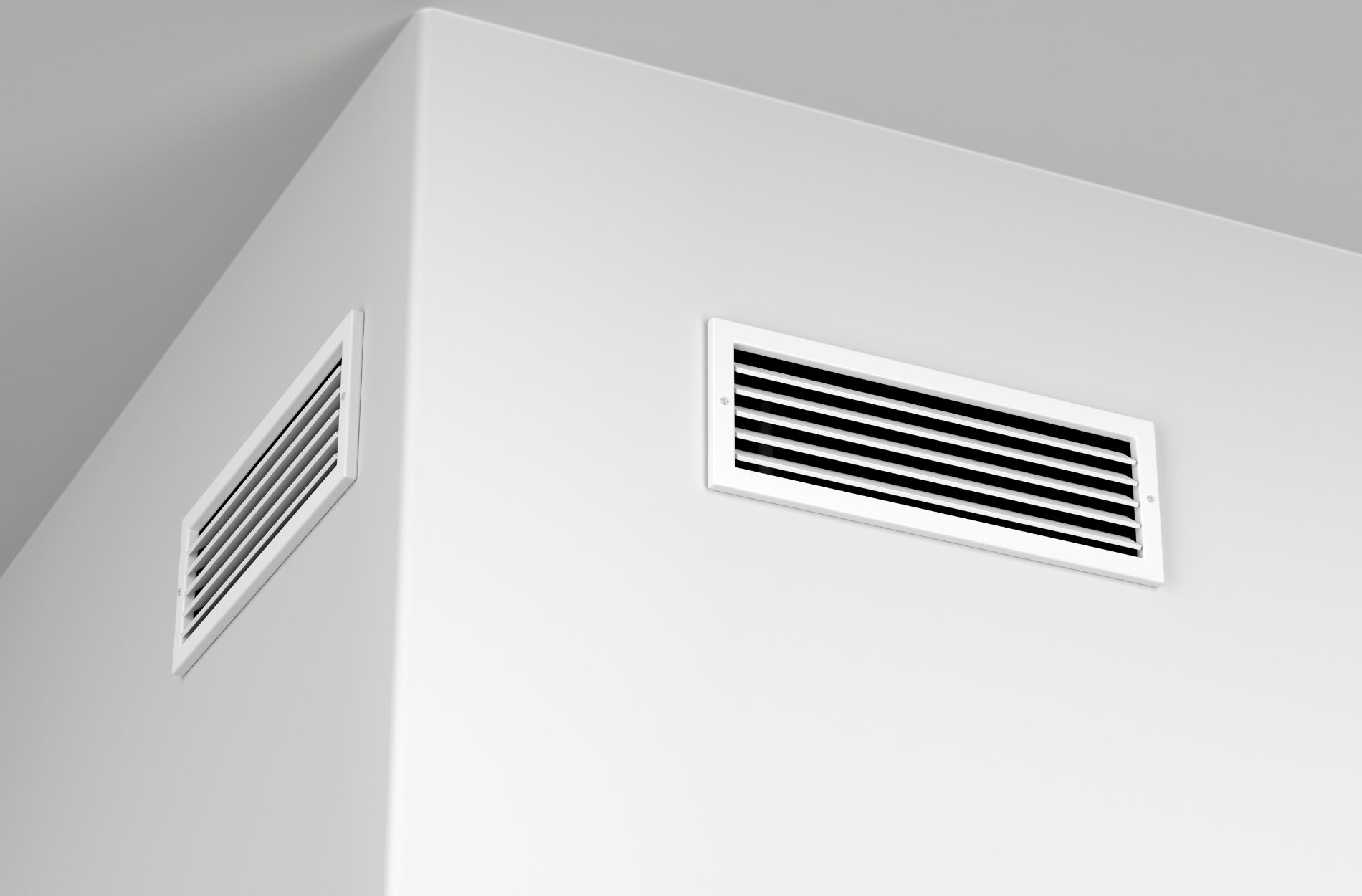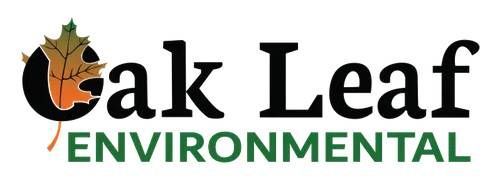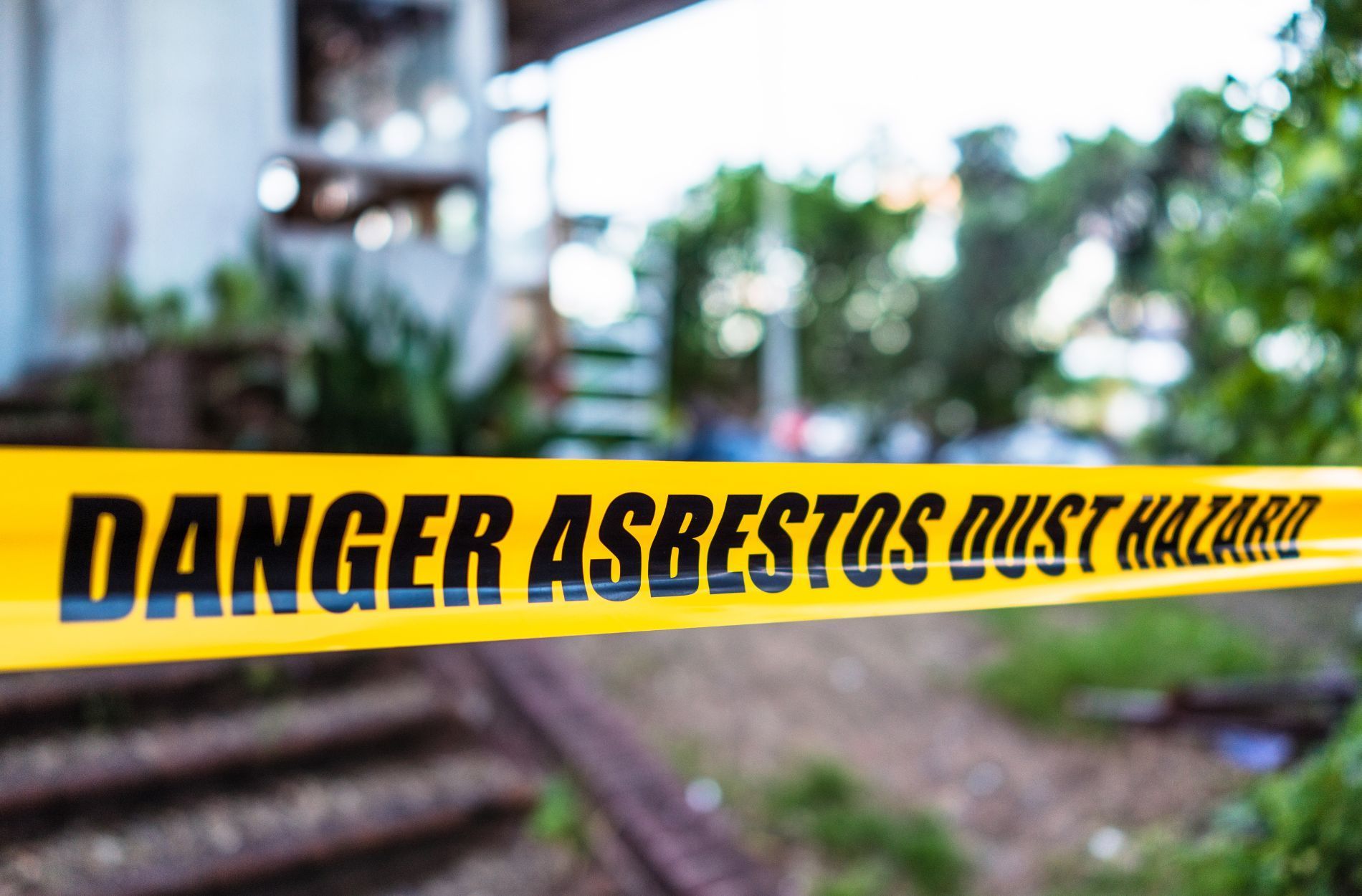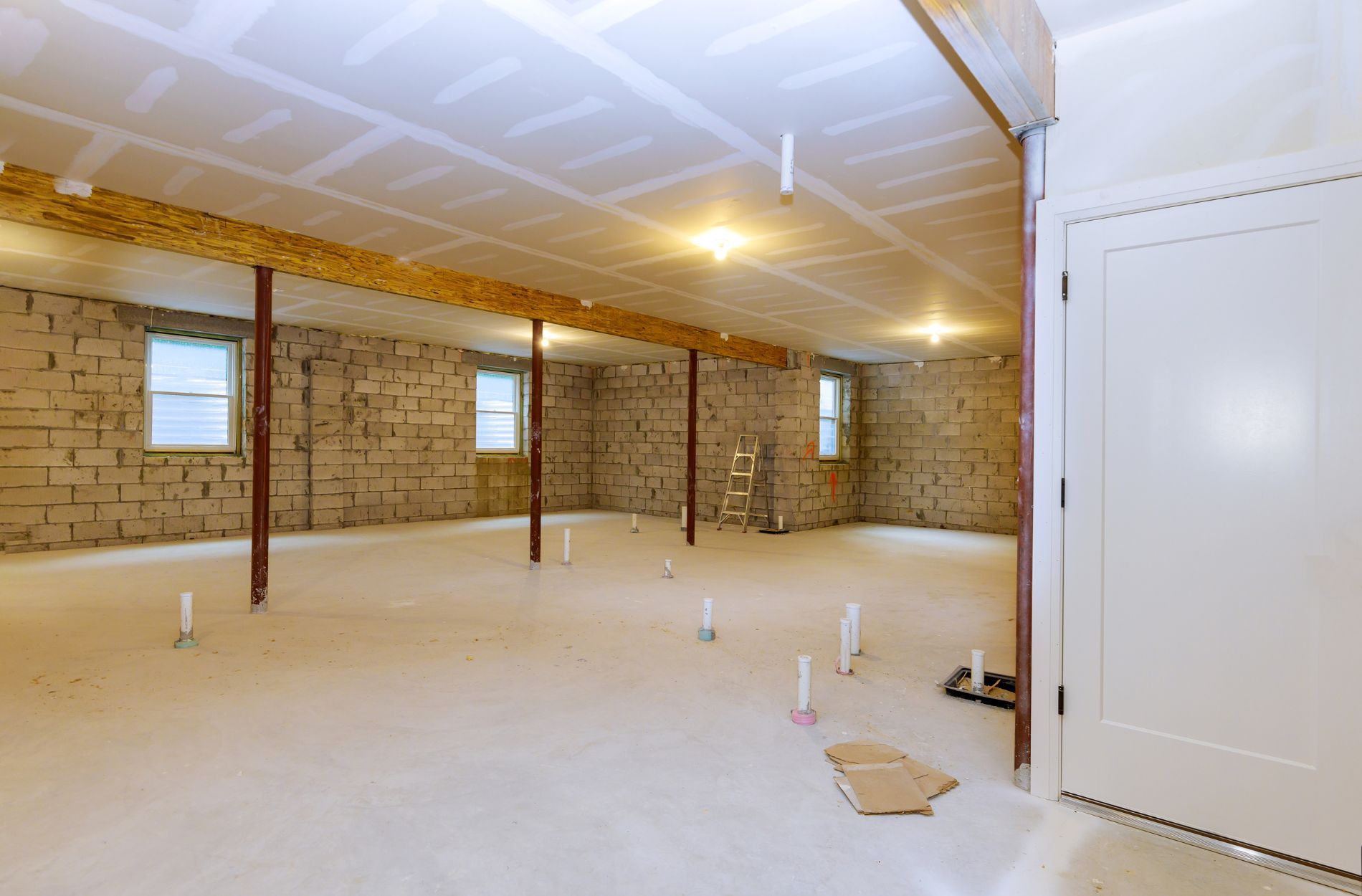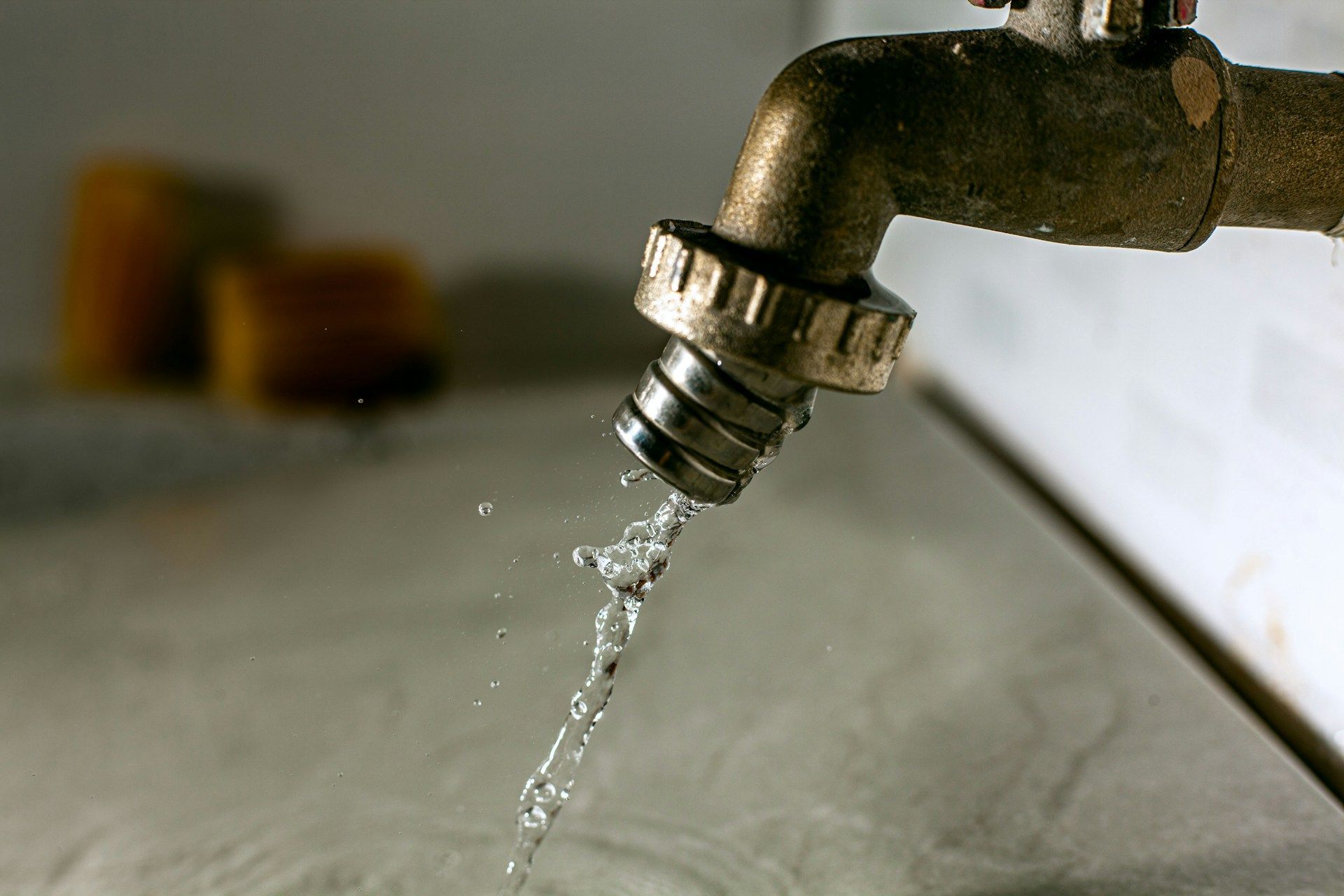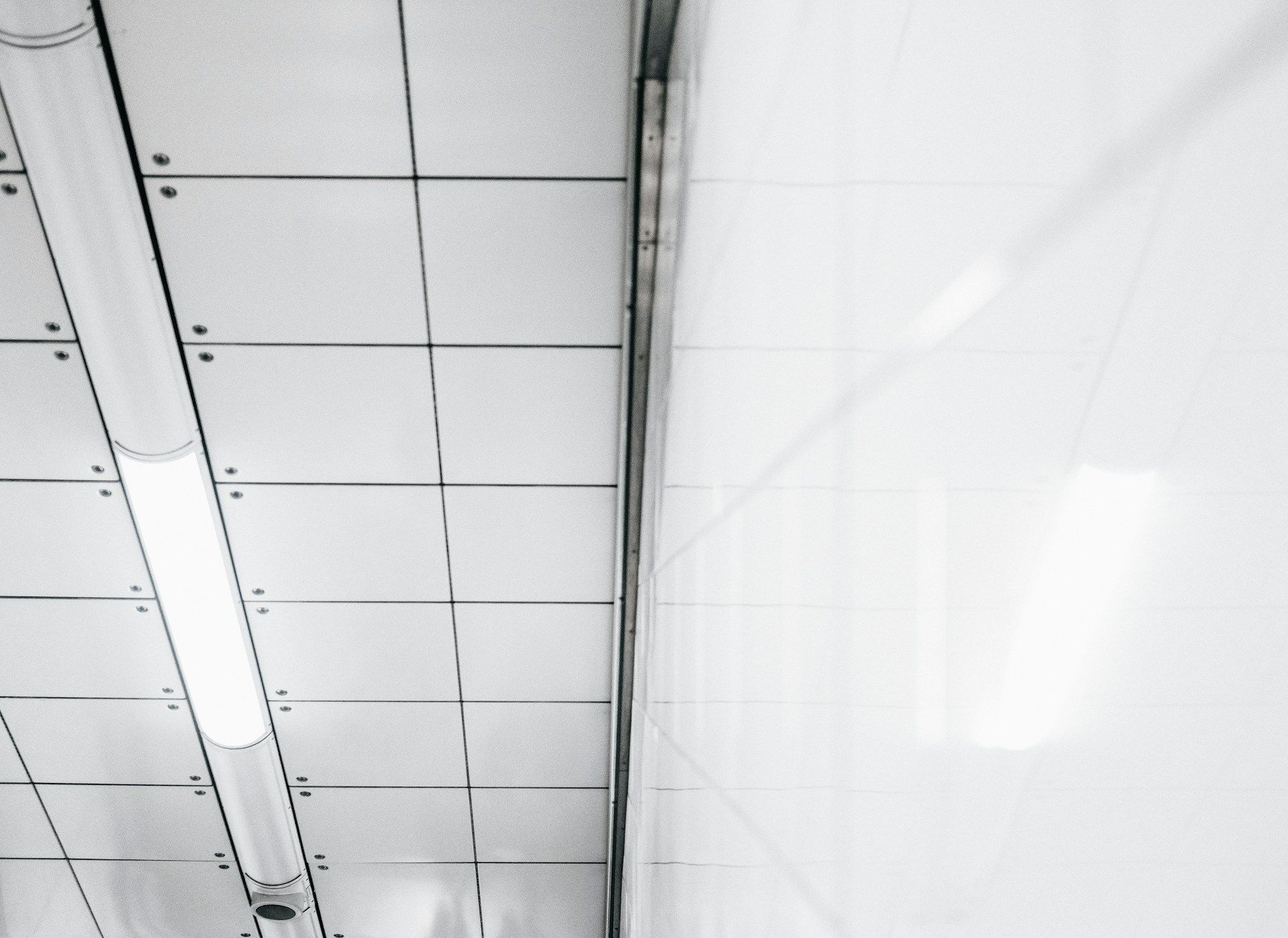Removing Hazardous Materials From Historic Buildings
Historic buildings carry a lot of charm. From the craftsmanship to the architectural details, they serve as a link to the past. But age comes with its share of problems, and one of the biggest concerns in older structures is the presence of hazardous materials. These hidden dangers often go unnoticed until they start causing health or structural issues. Whether it's peeling lead paint or crumbling asbestos insulation, the risks can make a beautiful space unsafe if not handled properly.
Removing these materials isn’t just about personal safety. It’s a key part of preserving the building itself. When done right, remediation protects the people who live and work in these older structures and helps maintain the integrity of the architecture for future generations. That’s why working with trained professionals, like an asbestos remediation company, is not only a wise move but often a necessity.
Identifying Hazardous Materials in Historic Buildings
Old homes, schools, churches, and businesses often contain materials that wouldn't be allowed in construction today. These materials were used long before the health risks were understood. Knowing what to watch for is the first step in making these spaces safer.
Here are some of the most common hazardous materials found in older properties:
- Asbestos:
Often located in insulation, ceiling tiles, floor tiles, pipe wrap, and certain adhesives.
- Lead Paint: Found in buildings built before 1978, usually on trim, walls, doors, and windows.
- Mold: Thrives in damp, unventilated spots like crawl spaces, attics, and basements.
- Old Wiring Insulation: Can crack and degrade, which raises the chance of fires or shocks.
- Contaminated Soil: Sometimes present on properties that had past industrial use or exterior lead paint exposure.
These materials often can’t be identified just by looking. Asbestos fibers are invisible, and lead dust doesn’t show up until someone tests for it. That’s one of the reasons professional inspections are so important. Certified environmental experts know how to take the right samples, use proper testing methods, and locate hidden hazards that would otherwise be missed.
Take, for example, a buyer of a 1905 farmhouse falling in love with its original plaster walls and rich wooden baseboards. Later, they discover those surfaces are coated in aging lead-based paint. Without testing, that danger would have gone undetected and could have placed their young kids at risk.
Getting advance testing done like that helps prevent surprises later on. It keeps the renovation or repair process safe and regulated from the start, instead of fending off bigger problems mid-project if something toxic is disturbed.
The Process of Asbestos Remediation in Historic Buildings
After asbestos has been confirmed through lab testing, the next step is to remove or contain it safely. Historic buildings make this process more sensitive. Their materials, finishes, and overall structure are often aged and more fragile than newer construction.
That’s why this kind of work is never a rip-and-replace situation. It calls for specific steps managed by experienced crews, such as:
1. Planning and Prep: A licensed team builds a plan based on the age, layout, and historical significance of the building. Containment areas are created, HVAC systems are sealed off, and equipment is brought in.
2. Personal Protective Equipment (PPE): Workers wear full protective gear, including respirators, gloves, and disposable suits, to prevent exposure.
3. Containment and Air Filtration: Barriers made from thick plastic sheets are sealed through pressure systems, and HEPA-filtered air scrubbers clean the air continuously.
4. Careful Removal: Materials containing asbestos are kept wet during removal to limit airborne particles. Items are handled in sections to avoid unnecessary damage.
5. Transport and Disposal: All debris is sealed in leak-proof, clearly labeled containers and taken to asbestos-certified disposal sites per regulations.
Each step is aimed at working around irreplaceable features. Whether it's custom moldings or century-old tiles, professionals try to save building elements without compromising safety. Following detailed handling procedures limits contamination risks for both workers and the public.
Skipping or rushing this process only leads to more repair work later and, worse, safety concerns that could have been avoided. Remediation is best done with long-term safety and building preservation in mind.
Challenges in Removing Hazardous Materials from Historic Sites
Dealing with older structures isn't the same as working on modern buildings. Historic properties often have outdated or layered construction methods, materials hidden deep within walls, attics, or crawlspaces, and structures that haven’t been touched or opened for decades.
That adds a layer of complexity to everything. For example, an asbestos-contaminated ceiling might also contain decorative tiles that are part of the original design. Removing it means deciding what’s more important—history or health—and specialists usually work to find a workable path forward that respects both.
Some properties are officially protected, which brings more restrictions. Historical registries and preservation rules might control what can be removed, how it’s done, and even what products are allowed in repairs. These projects can’t move ahead without special permissions and additional planning.
Moisture troubles make things worse. Old roofs and gutters frequently leak, leading to mold behind walls or under floorboards. In many situations, opening up a contaminated area reveals new problems you weren’t prepared for. Water damage and decay blend with hazardous materials, creating a substantial remediation job that needs active adjustments by experienced contractors.
These buildings require a special mix of care, technical know-how, and flexibility. A trusted asbestos remediation company will not only remove what's toxic but also recommend strategies that protect the original design whenever practical.
Ensuring Safety Post-Remediation
Getting rid of hazardous materials is only one part of the process. It’s just as important to make sure the space stays healthy and clean once the work is done. That’s where post-project testing and follow-up inspections come in.
Here are common steps taken after remediation is complete:
- Final air quality testing to confirm the environment is safe and breathable.
- Visual checks to confirm no materials were missed or shifted.
- Surface sampling to screen for leftover dust or trace particles nearby.
- HVAC inspections to make sure nothing entered or traveled through the duct system during work.
This part of the process gives property owners peace of mind. It confirms that life or business can return to the building without fear of surprise problems. Follow-up monitoring also helps detect issues early before they spiral back into anything serious.
These inspections are more than just comfort. Often, future buyers, appraisers, and legal teams require environmental clean-up reports tied to the building or property. Having approved documentation in place streamlines real estate transactions and assures involved parties that health was taken seriously.
Everything is recorded, tested, and completed in line with safety rules, giving owners a clear report card on their property’s condition.
Safeguarding the Future of Historic Buildings
Restoring and maintaining older buildings is a commitment that blends appreciation for history and the need for safety today. Structures with beautiful bones lose their value quickly if they make people sick or create avoidable risks.
That’s why dealing with environmental concerns like asbestos, lead, and mold isn’t just smart—it’s necessary. These problems can ruin foundations, damages finishes, and create legal problems if not properly managed.
Removing toxic materials helps keep the building’s beauty intact while also making sure everyone who sets foot inside stays healthy. It allows the building to continue serving its community, residents, or visitors without becoming a health concern that needs constant repairs.
Whether you're preserving a historic house, retrofitting an old business, or saving a community landmark, responsible remediation supports the structure’s future as much as its past. The right team will work with respect for its story and a focus on today’s safety standards, giving you the best of both worlds.
Preserving the charm and safety of historic buildings is a journey that starts with understanding and addressing environmental hazards. If your project involves asbestos, it's important to ensure a thorough and professional approach to removal. Consider working with
an asbestos remediation company to handle the task with precision and care. You can count on Oak Leaf Environmental to guide each step with safety and preservation in mind.
